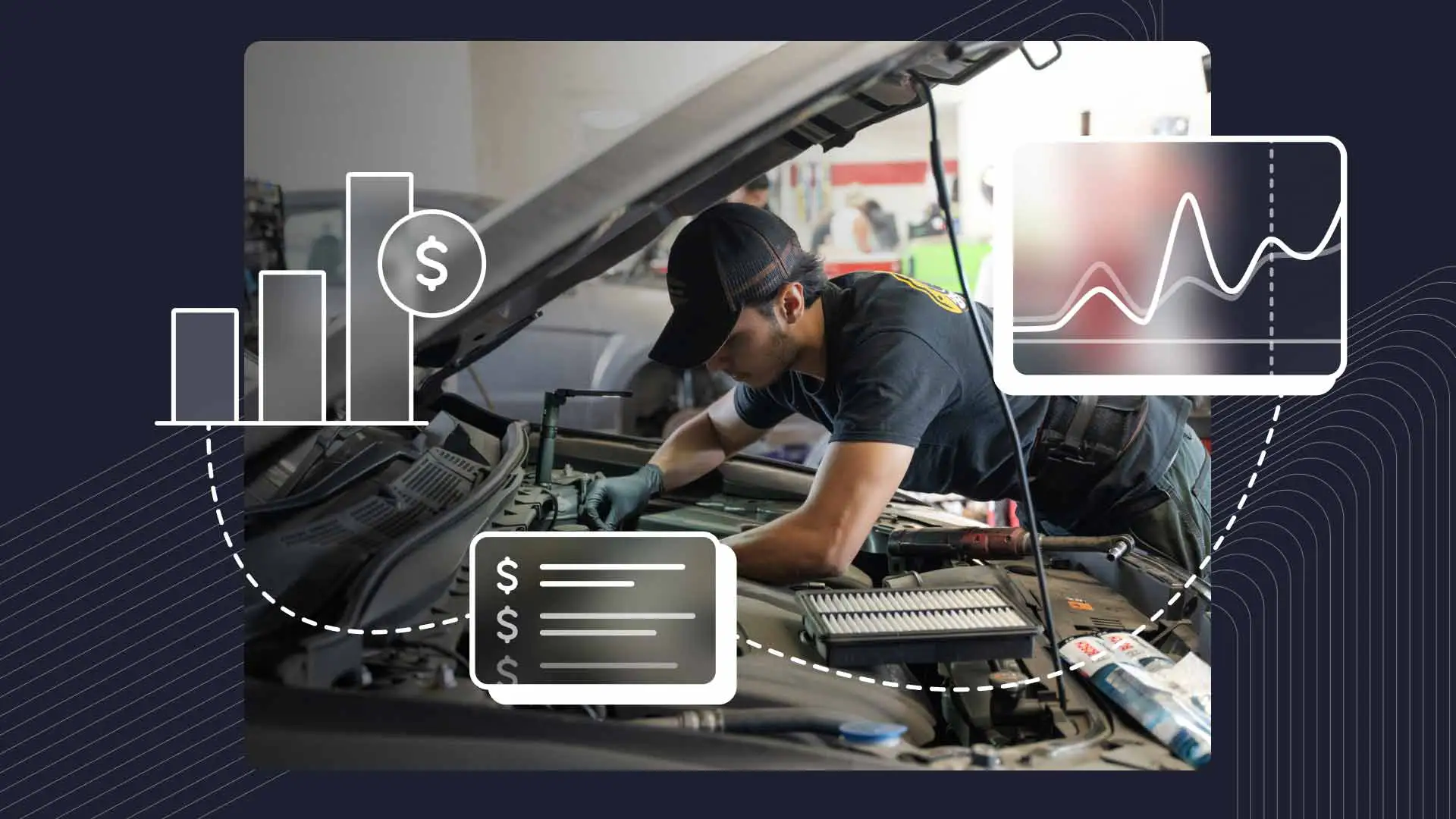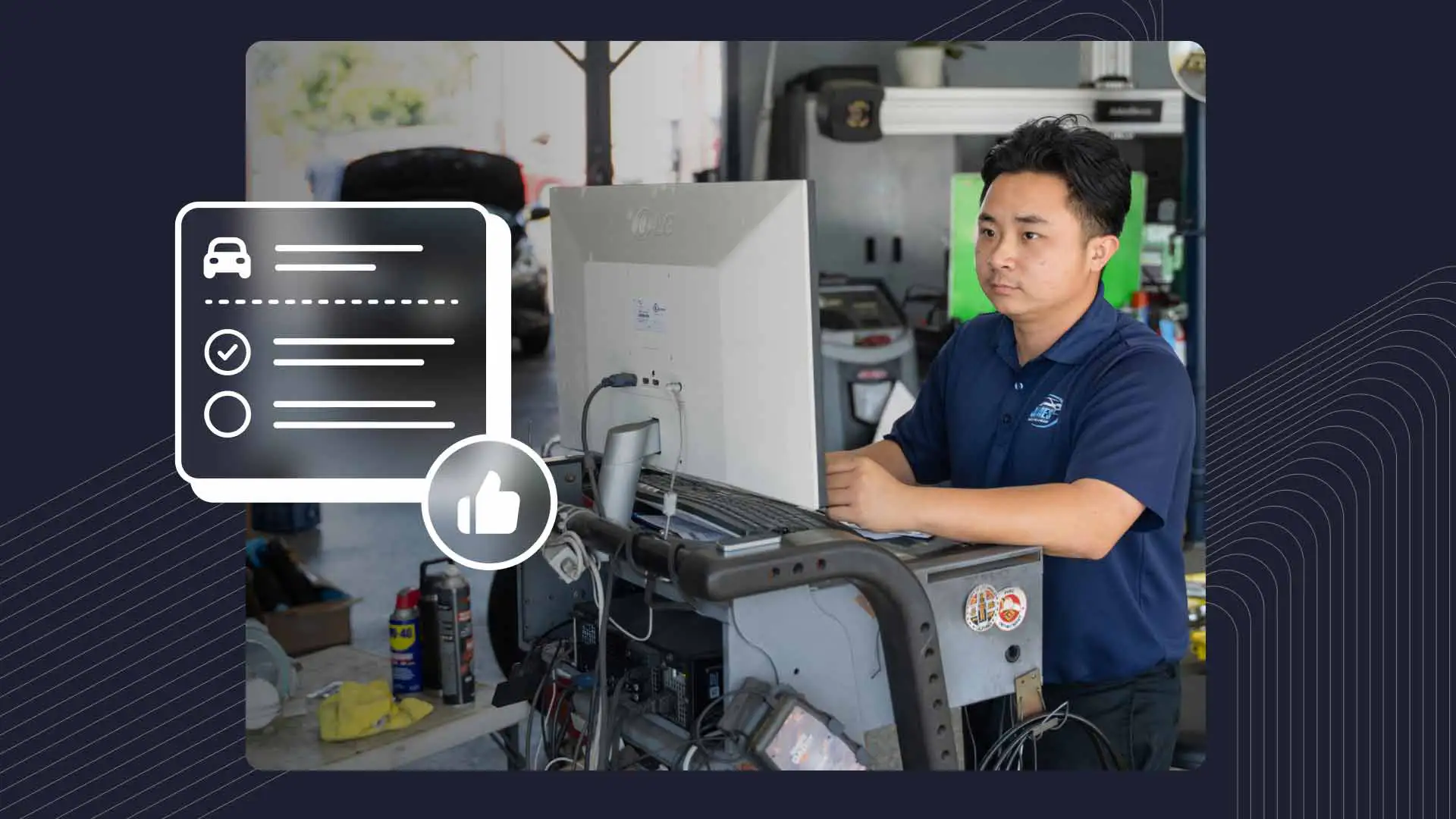Imagine the frustration of losing customers because your prices are through the roof; or, conversely, the stress of barely turning a profit because your rates are too low. Setting the right labor rate is a balancing act that can make or break your auto repair business. So, let’s navigate the tricky terrain of determining the optimal rates to ensure you stay competitive while keeping your business squarely in the black.
Factors Affecting Labor Rates
It's important to measure the temperature before taking the plunge. Setting labor rates that are both competitive and profitable for your shop requires careful consideration of some key factors.
Industry Averages
Labor rates for auto repairs can vary widely. Across the U.S., California is cited by the Automotive Management Network as having the highest average hourly rates (nearly $175), with Mississippi carrying the lowest at around $110 per hour. You’ll even see significant swings within the same city or metro area. For example, shops in and around Chicago charge anywhere from $80 to $189 per hour, according to Consumers’ Checkbook. But these aren’t set in stone; you need to do your homework and understand the rates in your local area.
Setting the right labor rate is not just about numbers; it's about understanding your market, your customers, and your own value.
Labor Guide Matrices
Labor guides are the industry's de facto measuring stick, estimating labor times for specific repairs. However, they're not the be-all and end-all: Your shop's level of experience and expertise, combined with the complexity of the work being done, should help determine how closely you stick to any auto labor guides.
Experience Level of Technicians
Speaking of which, in the world of auto repair, experience is the golden ticket. More seasoned technicians command a higher hourly rate due to their efficiency and expertise. This is a cost that customers are often willing to pay for peace of mind, i.e., the assurance that problems won’t be misdiagnosed or mishandled by novice techs.
Geographical Region
Local cost of living plays a significant role in setting labor rates. Overhead costs can be through the roof in some places–urban areas, usually–requiring you to set higher rates to keep the lights on and the doors open. But bear in mind that these aren’t always cut and dried, either. For example, while you might assume labor rates for service in high-rent Honolulu, HI, would also be sky high, oddly enough the opposite is true, according to National Auto Body Research, which places them well below rates that are adjusted for cost of living.
Shop Sub-Vertical Considerations
From in-and-out lube shops to dealership service centers and detailing specialists, the type of shop plays a significant role in determining how labor is priced out.
General Auto Repair
General repair shops are the jack-of-all-trades in the automotive service world. Because they cover a variety of different repairs, these shops typically charge mid-range rates. According to Yelp, which collects quotes from repair shops across the US, a reasonable range is between $75 to $125 per hour, taking location (and other factors) into account.
Dealership Service Centers
Dealerships are often on the pricier side of the spectrum. They charge premium rates for specialization and the brand name associated with their service. Plus, they typically use factory-trained technicians and specialized equipment, which also helps justify their higher-than-average auto repair labor costs.
Truck Repair
Big rigs mean big jobs. The complexity of working on larger vehicles like trucks, and their specialized, often pricey components, typically requires a dynamic skill set. This doesn’t come cheap, and it often translates into higher labor rates.
Auto Detailing
Detail shops often combine a level of artistry along with the science of cleaning and restoring vehicles. As a result, these businesses usually charge either flat rates or by package, depending on the level of service provided. Offering canned services, which can be simplified via modern auto detailing software, further streamlines the process by helping service writers spend less time writing estimates and/or preparing invoices. There will also be some variation in labor rates for mobile operators vs. brick-and-mortar shops, as the former must factor in fuel costs and commercial auto insurance, among other expenses.
Quick Lube Shops
At quick lube shops, it's all about the need for speed. It’s also a volume play, where the business model is based on servicing as many vehicles as possible in the shortest amount of time. These shops may have lower labor rates, but they often make up for it with higher parts margins.
Additional Considerations
A handful of additional considerations, including your shop’s operating costs and the going rate(s) for services in your area, should be taken into account when establishing your mechanic labor rate.
Shop Overhead Costs
The nuts and bolts of running a shop, like rent, equipment, and insurance, can add up quickly and will affect your labor rates. And, don’t forget about utilities and other monthly or recurring expenses. Those should be factored into the equation as well.
Customer Base and Market Competition
Who are your customers, and what can they afford? This is where doing a bit (or more) of research into your local demographics—for example, average household income for the area—can help you price labor rates appropriately. Also, keep an eye on what your competitors are charging. It’s always good to know where you stand among others in your market.
Value Proposition
Finally, don't forget to talk yourself up. Your shop's unique selling points, like certifications and specialized expertise, can help justify higher rates. Let customers know that your mechanics are ASE-certified, or when one of your team members has completed a training course and is now equipped to work on certain vehicles or systems.
Setting the Right Labor Rate for Your Shop
Setting the right labor rate is not just about numbers; it's about understanding your market, your customers, and your own value. As we've seen, labor rates can range significantly depending on various factors, including your location. The key is finding that sweet spot between profitability and customer competitiveness.
You can dive deeper into this topic by exploring resources from industry organizations and advocacy groups like the Automotive Maintenance & Repair Association, the Automotive Service Association, the Auto Care Association, and the Specialty Equipment Market Association.
And remember, if you're looking for a tool to help manage your shop's operations and pricing strategy, Shopmonkey’s best-in-class shop management software is designed to help you grow your business with solutions tailored to your individual needs. Request a demo today!




